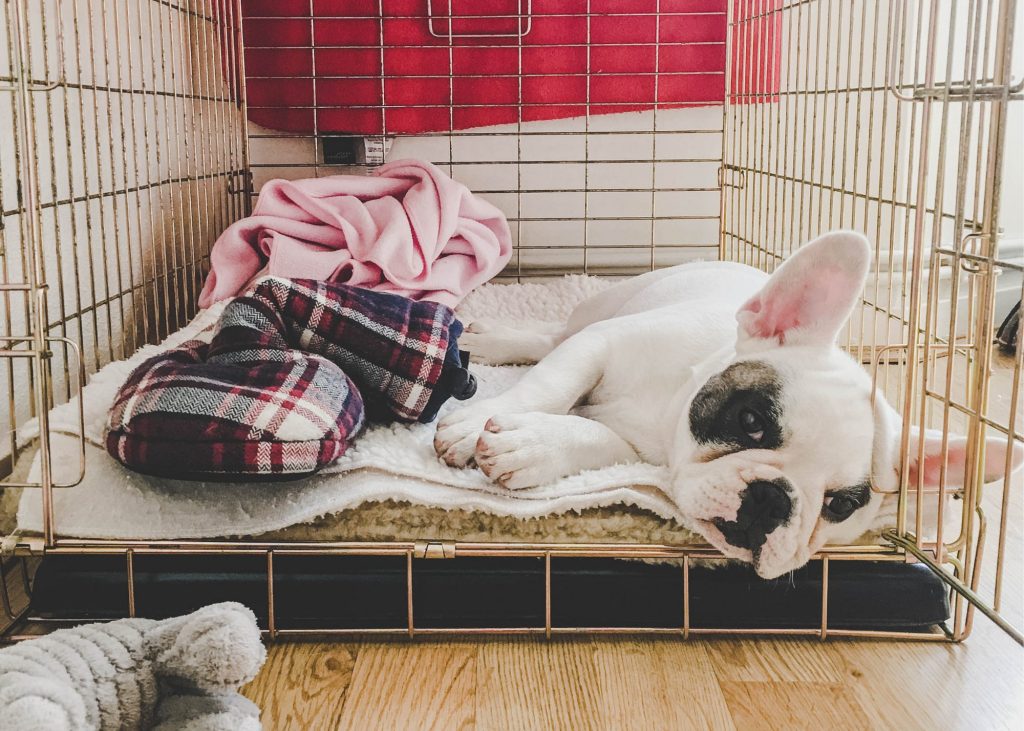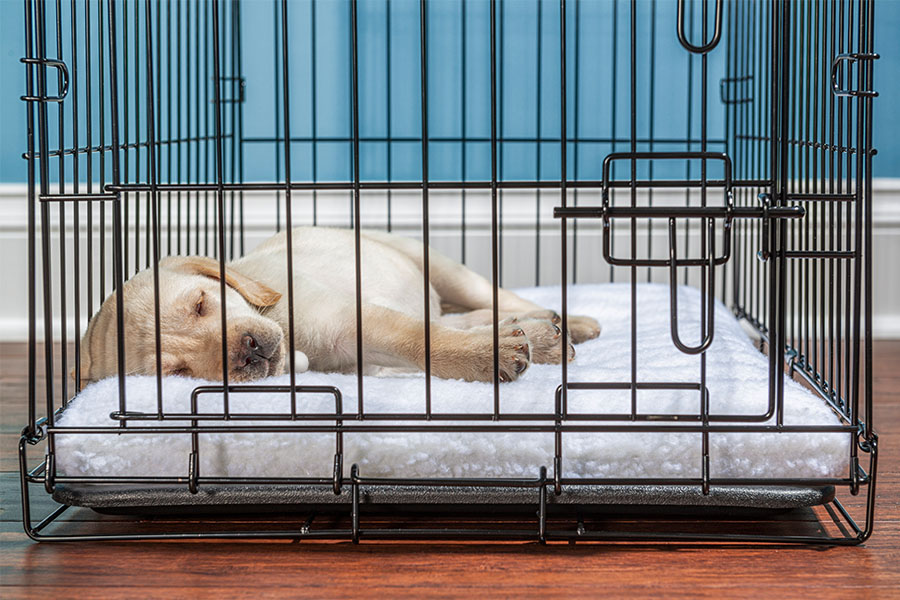
Quick Recommendation : Our blog is filled with tips , tricks, and methods for training your dog. If you are seeking a comprehensive training program, we recommend the K9 Training Institute.
Bringing a new puppy into your life is an exciting and rewarding experience. As a responsible pet owner, it is crucial to ensure that your furry friend receives proper training from a young age. One essential aspect of training a puppy is crate training. In this comprehensive guide, we will delve into the reasons why crate training is important for your puppy’s well-being and provide you with practical tips on how to crate-train your puppy effectively.
Why Crate Training Is Important
Crate training is not only about confining your puppy to a designated space; it is a valuable tool for establishing a safe and secure environment for your pet. Here are some compelling reasons why crate training is crucial:
- Safety and Security: A crate provides a secure space for your puppy when you cannot supervise them. It prevents them from entering potentially dangerous situations, such as chewing on electrical cords or ingesting harmful objects.
- Potty Training: Crates can aid in potty training by teaching puppies to control their bladder and bowels. Dogs have an instinct to keep their sleeping area clean, so the crate encourages them to hold their eliminations until they are taken outside.
- Prevention of Destructive Behavior: When left unsupervised, puppies may engage in destructive behaviors due to boredom or anxiety. Crate training helps prevent destructive chewing and other mischievous activities.
- Travel and Vet Visits: Crate training makes it easier to transport your puppy safely in a car or take them to the vet. It also prepares them for potential situations where they may need to be created, such as during air travel.
How to Crate Train Your Puppy
Now that we understand the significance of crate training, let’s explore the steps to crate train your puppy effectively:
- Introduce the Crate Positively: Start by making the crate an inviting and comfortable space. Place soft bedding, toys, and treats inside the crate to create a positive association. Let your puppy explore the crate at their own pace without any pressure.
- Mealtime in the Crate: Encourage your puppy to associate the crate with positive experiences by feeding them their meals near the crate and gradually moving the food inside. This helps them view the crate as a place of comfort and nourishment.
- Gradual Enclosures: Once your puppy is comfortable entering the crate for meals, gradually close the door for short periods while they are eating. Stay nearby to reassure them and open the crate as soon as they finish eating.
- Establish a Routine: Set a schedule for crate time to help your puppy acclimate to the routine. This includes placing them in the crate for short intervals while you are at home and gradually increasing the duration.
- Positive Reinforcement: Use positive reinforcement techniques such as praise, treats, and toys to reward your puppy for calm and quiet behavior in the crate. Avoid using the crate as a form of punishment.
- Avoid Excessive Confinement: While crate training is beneficial, it is essential to balance crate time with regular exercise, play, and socialization. Puppies should not spend prolonged periods in the crate, especially during their active waking hours.
- Gradual Alone Time: Once your puppy is comfortable in the crate, start leaving them alone for short periods, gradually extending the duration as they become more accustomed to being crated.
- Monitoring and Adjusting: Observe your puppy’s behavior during crate training and make adjustments as needed. Every puppy is unique, so it’s important to tailor the training to suit their temperament and needs.

Quick Recommendation : Our blog is filled with tips , tricks, and methods for training your dog. If you are seeking a comprehensive training program, we recommend the K9 Training Institute.
Final Thoughts
In conclusion, crate training is a valuable tool for teaching your puppy important life skills and providing them with a sense of security. When approached with patience, consistency, and positive reinforcement, crate training can have numerous benefits for both you and your puppy. Remember that the crate should always be associated with positive experiences, and never used as a form of punishment.
By incorporating the tips provided in this guide and understanding the importance of crate training, you can set your puppy up for a lifetime of well-adjusted behavior and safety. Investing time and effort into crate training your puppy will ultimately lead to a harmonious and fulfilling relationship between you and your canine companion.
I hope this comprehensive guide has been helpful in addressing the significance of crate training and providing you with the necessary tools to embark on this essential aspect of puppy training. Wishing you and your puppy a successful crate-training journey!
